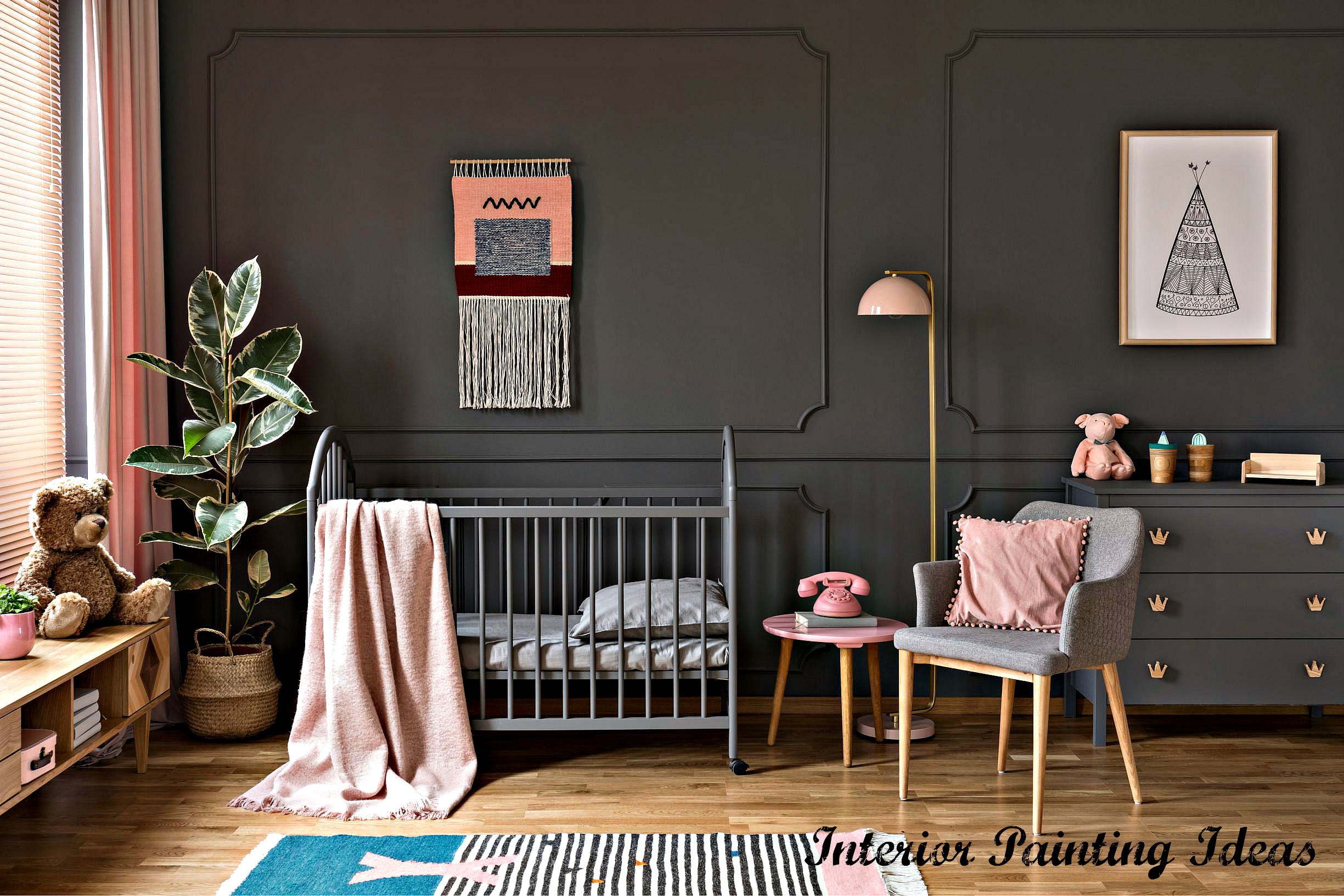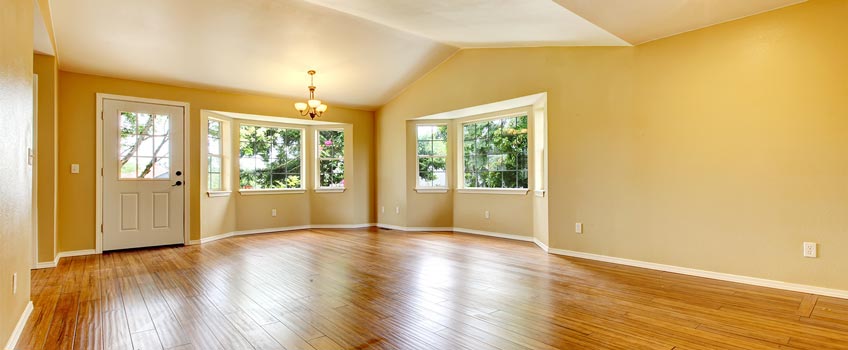Get Professional Lakewood Interior Painting for a Seamless, Beautiful Finish
Get Professional Lakewood Interior Painting for a Seamless, Beautiful Finish
Blog Article
Enhance Your Interior Decoration With Comprehensive Shade Appointment
The integration of shade appointment right into interior layout provides an one-of-a-kind possibility to refine and raise the emotional and visual vibration of a room. By engaging with a seasoned color professional, you can browse the intricacies of color choice, ensuring that your selections not only enhance building attributes yet likewise resonate with personal style and mental impact. This strategic partnership can dramatically influence the overall environment of your setting, cultivating a sense of harmony and purpose. However, understanding the subtleties of this process is necessary-- what key elements should be taken into consideration to achieve optimum outcomes?
Benefits of Color Assessment

Furthermore, shade consultation aids in maximizing natural light and enhancing spatial assumption. Lighter shades can make a space show up more extensive, while darker tones create an intimate setup. Cleveland Metro Painting Specialists. This strategic application of color can considerably affect the overall atmosphere of any indoor room
Additionally, expert consultants have a thorough understanding of existing fads and timeless classics, making certain that the picked shades will remain appealing in time. This foresight can conserve customers from expensive redesigns in the future. Color assessment empowers customers by supplying them with a clear vision and direction, cultivating self-confidence in their design selections and inevitably leading to a much more effective and enjoyable indoor style outcome.
Understanding Shade Psychology
The relevance of color psychology in interior decoration can not be overemphasized, as it explores the psychological and psychological effects that numerous shades can stimulate in people. Shades can influence state of mind, actions, and even performance, making them an essential consideration in any kind of design job.
As an example, warm shades such as red, orange, and yellow are often connected with power and warmth. They can promote sensations of excitement and comfort, making them appropriate for social rooms like living rooms or kitchen areas. On the other hand, awesome shades like blue, environment-friendly, and purple tend to evoke calmness and peace, making them perfect for bed rooms or reflection locations.
Additionally, the use of neutral tones can produce a well balanced setting by allowing the bolder colors to stick out without frustrating the detects. Recognizing these emotional impacts enables designers to create spaces that not only look aesthetically pleasing but also promote emotional well-being.
Incorporating color psychology right into indoor style includes a thoughtful choice of colors tailored to the designated function of each space, ultimately enhancing the overall experience for its see here now occupants. This awareness is vital for accomplishing a functional and harmonious interior setting.
The Shade Wheel Clarified
It consists of main shades-- red, blue, and yellow-- that can not be produced by blending other shades. Tertiary colors result from blending a primary and a second color, leading to colors such as turquoise and red-orange.
The shade wheel aids designers comprehend the relationships in between shades, consisting of complementary, comparable, and triadic plans. Corresponding colors, located opposite each other on the wheel, develop vibrant contrasts that can invigorate a space.
Utilizing the color wheel in interior decoration not just enhances visual allure yet also evokes specific emotions and atmospheres, making it a crucial referral for shade appointment. Understanding these connections ultimately empowers developers to develop areas that are both visually exciting and useful.
Selecting the Right Combination
Typically, choosing the best palette is a decisive variable in attaining a successful interior layout job. A well-chosen color pattern can merge an area, enhance its attributes, and stimulate preferred emotions. To start, think about the function of the space. Different rooms offer varied features and Cleveland Metro Painting Specialists need palettes that mirror their designated use; for example, peaceful shades such as soft blues or eco-friendlies work well in rooms, promoting leisure.
Light can substantially alter exactly how shades show up, so it is important to examine the area at various times of the day. A harmonious palette ought to match these attributes, developing a cohesive look throughout the space.
When picking colors, make use of the 60-30-10 guideline, which suggests that 60% of the space must be a leading shade, 30% a secondary color, and 10% an accent color. This ratio makes sure equilibrium and aesthetic passion (Cleveland Metro Painting Specialists). Finally, sample colors on the wall surfaces before dedicating, as this permits you to see how the shades engage with each other and the general ambiance they develop in your indoor layout job.
Working With a Color Specialist

When dealing with a color professional, the procedure usually begins with an initial assessment. During this meeting, you'll review your vision, choices, and the existing components in your room. The professional will certainly analyze your demands and might suggest certain shade combinations that line up with your goals.
After establishing a direction, the professional will certainly provide samples and aesthetic help to assist you picture the suggested color schemes. This step is critical, as shades can appear differently under differing illumination conditions.
In click here to read addition, a shade professional can lead you in choosing complementary furnishings, art work, and accessories to harmonize with your picked combination. By collaborating very closely, you can achieve a polished visual that boosts your interiors and creates an inviting ambience. Eventually, the know-how of a color professional can substantially enhance the general impact of your style project.
Final Thought
In summary, thorough color assessment offers as a vital tool for improving interior layout. By leveraging expert expertise of color psychology and spatial dynamics, a customized shade combination can be developed to evoke specific feelings and create an unified environment. This tactical approach not just promotes a cohesive layout narrative yet likewise reduces the threat of costly redesigns. Ultimately, involving with a shade professional guarantees an informed and aesthetically pleasing end result, raising the general experience of the space.
By involving with an experienced color expert, you can browse the complexities of color selection, making sure that your options not only enhance building functions however also resonate with personal design and emotional effect. It consists of primary colors-- red, blue, and yellow-- that can not be produced by blending various other colors.The shade wheel aids designers realize the partnerships between colors, consisting of corresponding, comparable, and triadic plans.When choosing colors, use the 60-30-10 guideline, which suggests that 60% of the room should be a dominant color, 30% an additional shade, and 10% an accent color. By leveraging expert understanding of color psychology and spatial characteristics, a customized color scheme can be created to stimulate details feelings and develop an unified setting.
Report this page